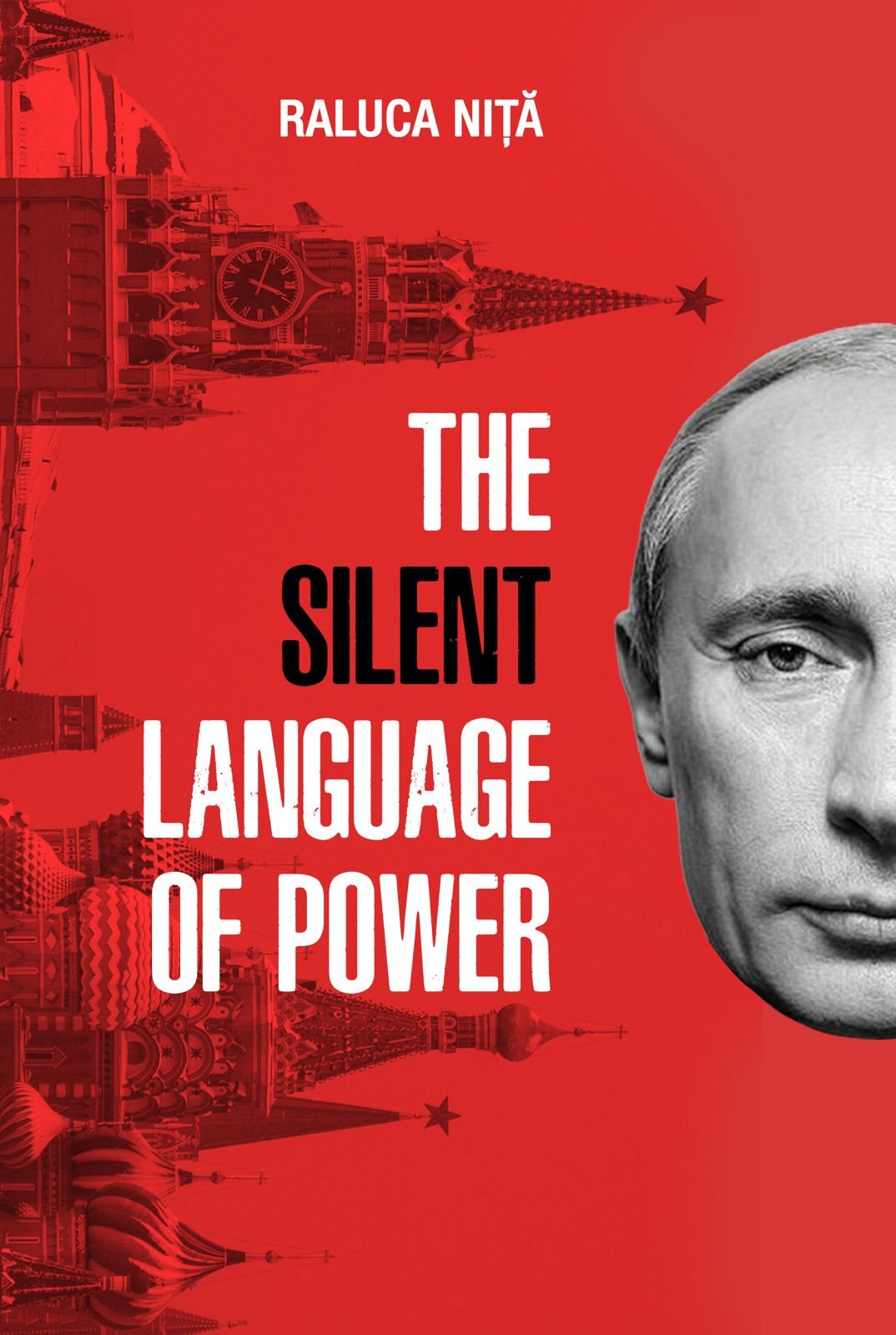In the context of the Valdai Club meeting featuring Vladimir Putin, nonverbal communication expert and author RALUCA NIȚĂ, known for her book The Silent Language of Power, provides a sharp analysis of the Russian leader’s speech.
Vladimir Putin took the stage at the 22nd annual meeting of the Valdai Club in Sochi, delivering a nearly four-hour marathon speech brimming with confidence. Officially, the Russian president delivered a neo – fascist speech, invoking figures from Pushkin and Lermontov to Huntington, Leibniz, and Carl Schmitt. Unofficially, however, the scene was dominated by another kind of message — one conveyed through gestures, expressions, and silences that made it clear that, in his view, the course of history was going his way, not as it is portrayed by others.
Putin – A Speech with Profound Post- Modern Fascist Undertones
Putin’s discourse displayed the full range of fascist traits:
- Revolutionary conservatism – a doctrine that blends traditional values with radical change inspired by a mythical past. It draws a sharp contrast between the declining West and a Russia that sees itself aligned with civilizations still rooted in tradition.
- Enemy theory – the West is portrayed as inherently hostile to Russia.
- Action as an end in itself – virility and violence glorified as goals in their own right.
- Mysticized state – equating himself with Russia and Russia’s past; leader = the state.
- Importance of the inexpressible – mysticism as political tool.
- Permanent emergency – NATO as the constant threat justifying absolute power.
However, Putin’s regime goes beyond classical fascism — it represents a far more sophisticated and flexible form of neo-fascism. It retains all the essential components of fascism but adapts them to the 21st century through new mechanisms of propaganda, communication, and technological control. Unlike traditional fascism, which demanded militant activism and fervent patriotism, Putin’s system selectively invokes those impulses while generally relying on apathy, fatalism, and learned helplessness as tools of domination. In this sense, it is a postmodern authoritarianism — a regime that merges fascist ideology with contemporary techniques of psychological manipulation and information management to maintain passive consent rather than active mobilization.
Putin invoked the idea of a global conflict based on a “clash of civilizations” rather than a “clash of ideologies”, even though he once again justified the war in Ukraine as a fight against Nazism, positioning Russia as a pillar without which no geopolitical balance could exist.
What His Body Language Revealed
When speaking about Donald Trump, Putin described him as “comfortable” and “easy to understand.” Yet, when he mentioned Serbian President Aleksandar Vučić, he looked down and bit his lips – a sign that expresses disdain.
When he declared that Russia was ready to work for “geopolitical balance,” a sarcastic smile betrayed his insincerity.
And when he spoke of his recent trip to China for “global purposes”, the reflex of touching his nose undermined his own words.
Putin’s repeated gestures were as revealing as his speech – if not more so:
- Right hand clasped by the left – authority constrained by the need to appear consensual.
- Body leaning to the left – a controlled imbalance, wavering between firmness and an attempt at humanization. Was the setting accidental, or deliberately crafted to soften his image?
- Oscillating gestures – alternating between dominance (raised pen, pointed finger), self-justification (open palm, appeal to the audience), and self-soothing (touching his face, arranging his tie).
- Asymmetric facial expression – smiling only on the right side, masking tension and irony. The left side of his face remained stiff, revealing emotions selectively – only those he wanted the audience to see.
About the book
We live in a world where a single glance can say more than an entire speech. The Silent Language of Power is about those silent moments that shape the direction of a war or the fate of an alliance.” — Raluca Nita
The volume explores the body language, facial expressions, and gestures of Russian leader Vladimir Putin, revealing how these nonverbal cues can influence perceptions, negotiations, and even strategic international decisions. Raluca Niță combines the theories of renowned experts – such as Allan Pease, Paul Ekman, Joe Navarro, and Charles Darwin – with an applied analysis of nonverbal behavior from the perspective of diplomacy and political psychology.
The book traces Vladimir Putin’s path across his five presidential terms, analyzing how he uses gestures to assert control, instill fear, or subtly negotiate. From the annexation of Crimea to the war in Ukraine, the book offers a unique perspective on how image and emotion can be used as weapons of influence.
About the Author
Raluca Niță, author of The Silent Language of Power, is an expert in political nonverbal communication. She has analyzed world leaders’ gestures for outlets including the Daily Star and Ukraine National TV. She holds double degrees in Law and European Studies, a Master’s in Diplomacy, and an Executive MBA.
Raluca is available for interviews and can be contacted by phone at +40 753 506 897 or by email at raluca.nita@oxygencomms.ro



